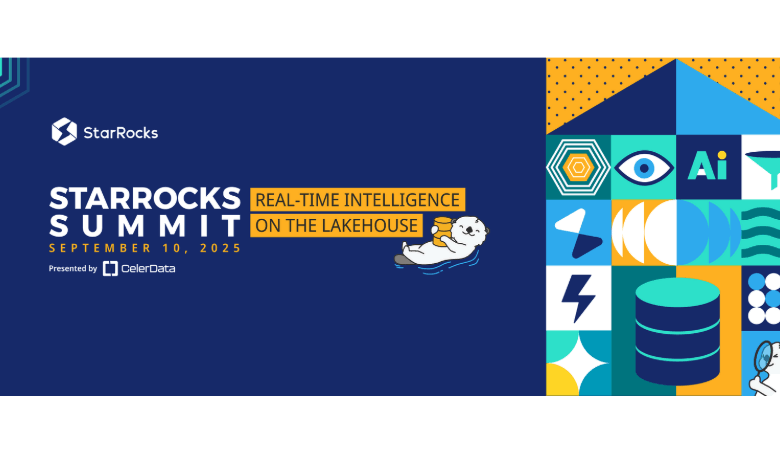
CelerData used its inaugural StarRocks Summit to unveil a series of moves aimed at broadening community participation and positioning its analytics engine for emerging AI workloads. The company said it is open sourcing StarOS and its multi-warehouse capabilities and is releasing StarRocks version 4.0, which it describes as faster, more unified, and designed to support AI use cases. More than 1,500 community members, contributors, and enterprise attendees joined the event, according to the company.
StarOS is a core layer within StarRocks that separates compute from storage. CelerData said making StarOS and multi-warehouse features available under an open source model is intended to let developers and enterprises build and scale isolated compute clusters on shared data without duplicating datasets. The company framed the decision as an invitation for broader collaboration on the platform’s roadmap rather than a shift that will be driven solely by a commercial vendor.
Version 4.0 of StarRocks centers on performance and AI-adjacent features. CelerData reported a 60 percent year-over-year performance gain attributed to engine optimizations delivered with help from community contributors. The release highlights faster JSON handling for semi-structured data, general availability of vector search for similarity queries that underpin applications such as recommendation systems and generative AI retrieval, and deeper integration with Apache Iceberg so users can prepare and optimize data inside StarRocks rather than relying on external tools.
CelerData’s technical steering committee chair and CTO, Alvin Zhao, positioned the announcements as groundwork for an “agent-driven” phase of AI. He said AI agents require real-time context, concurrency at scale, and access to unified data across formats. The company says StarRocks was designed to deliver low-latency queries on open table formats and to run diverse workloads on the same underlying data, which it argues aligns with those requirements.
Community signaling was a recurring theme. Since its first release in 2021, StarRocks has grown into an open source project with hundreds of contributors and thousands of Slack members, according to figures shared by CelerData. By putting StarOS and multi-warehouse into the open source codebase, the company said it aims to let outside engineers influence core architectural choices and to speed contributions around performance, scalability, and AI features.
The StarRocks Summit also served as a venue to underscore the project’s positioning in the broader data lakehouse ecosystem. The platform already integrates with open formats such as Iceberg, Hudi, and Delta Lake. With version 4.0, CelerData is emphasizing a single engine for both business intelligence and AI-centric workloads, rather than maintaining separate systems for each.
CelerData lists customers such as Pinterest, Tencent, and Expedia, and markets StarRocks as a system for customer-facing analytics and AI-driven applications that require low latency and high concurrency at large scale. The company did not disclose licensing details for the newly open sourced components during the announcement text provided, nor did it share independent benchmarks for the performance claims beyond the stated year-over-year improvement.
The company’s opening day news provides a snapshot of where it intends to take the project next. Whether the open sourcing of StarOS and multi-warehouse accelerates outside contributions and adoption will likely be gauged by code activity, third-party integrations, and production use cases that emerge in the months ahead.



